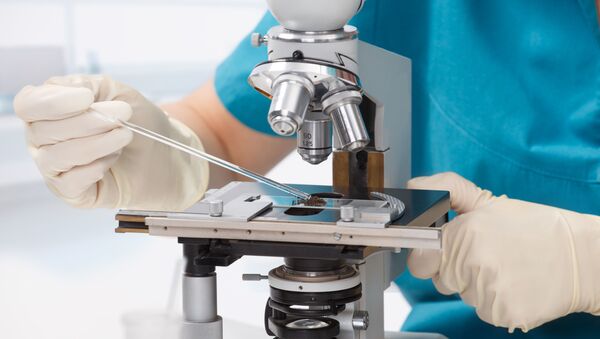Researchers from the National University of Science and Technology MISIS (NUST MISIS), the Technological Institute of Superhard and Novel Carbon Materials (Moscow) and the Institute of Biochemical Physics (Moscow), together with colleagues from the National Institute for Materials Science (Japan), were able to synthesize 2D copper oxide using graphene.
Unlike graphene with its hexagonal unit cells consisting of carbon atoms, 2D copper oxide has a square lattice, which makes it the first 2D material of this kind. The new material stands out by its antiferromagnetic ground state (low magnetism), whereas bulk Cu and CuO are paramagnetic.
Researchers believe that there could be other applications for their work. “Our discovery proved that graphene can be used as a basic element for producing various materials, including not only standalone materials, but also multi-layer 2D heterostructures,” Pavel Sorokin, senior research fellow at the NUST MISIS Inorganic Nanomaterials Laboratory, was quoted as saying in the university’s press release.


